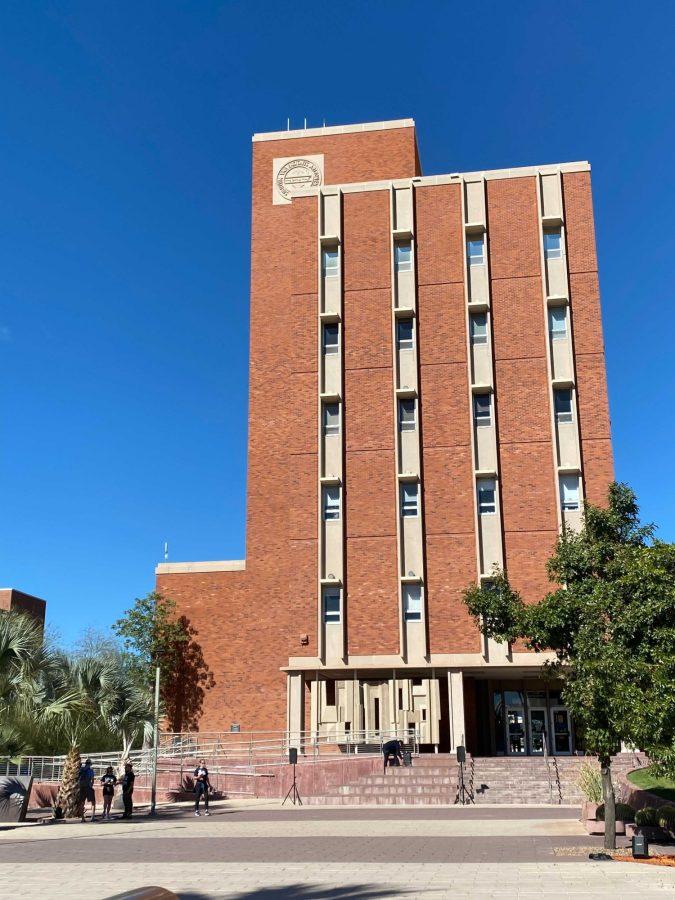Clinical research can be exhaustingly tedious. The routine gathering of sample after sample for months before actual testing can force researchers to postpone their projects or even dispose of them.
The UA Skin Cancer Institute hopes to change that.
In an attempt to eliminate the tedious process and create more opportunities in skin cancer research, the institute has opened the current holdings for use by researchers while continuing the collection program.
The Skin Cancer Patient Registry and Tissue Bank started collecting samples in 2011.
“With a readily available bank of tissue samples and epidemiological characteristics, researchers will be able to cut the clinical process in half,” said Stephanie Koch, the current project coordinator. “They’ll no longer have to take the time to collect their own samples.”
Skin cancer is the most prevalent cancer in the U.S., with approximately 61,646 cases diagnosed and 9,199 deaths in 2009, according to the Center for Disease Control. In Arizona alone, there were 1,460 new cases of melanoma diagnosed in 2009 and there are 171 deaths attributed to the disease every year, as reported by the Environmental Protection Agency.
The institute’s bank includes a patient index that lists general health history, demographics, lifestyle characteristics and current or past treatments of people who have been diagnosed with melanoma skin cancer, non-melanoma skin cancer or pre-malignant skin cancer.
Tissue biopsies, saliva and blood samples from each patient are included in the registry, according to Koch.
Dr. Janine Einspahr, a research assistant professor for the Cancer Prevention and Control program, worked in the samples lab for the project. She is the first researcher to request use of the patient registry and tissue bank since its opening.
She intends to utilize the tissue bank by testing “how cells and cell proteins change as the skin goes from normal to cancer and to ultimately develop safe, active agents for skin cancer prevention,” according to her request proposal to the Skin Cancer Institute.
The goal of the project is to find a chemical antigen to carcinogenic tissue particular to skin cancer so that it can be used as a preventative measure against melanoma.
Einspahr’s research is just one of many potential projects that will be aided by the bank.
“The hope for the registry is to create a database that will help us better understand melanoma and non-melanoma skin cancer, and advance treatment of it,” Koch said.
Einspahr may be the first to dip into the figurative pool of information and specimens the tissue bank has to offer, but her research could be just the start of a wealth of clinical opportunities.








